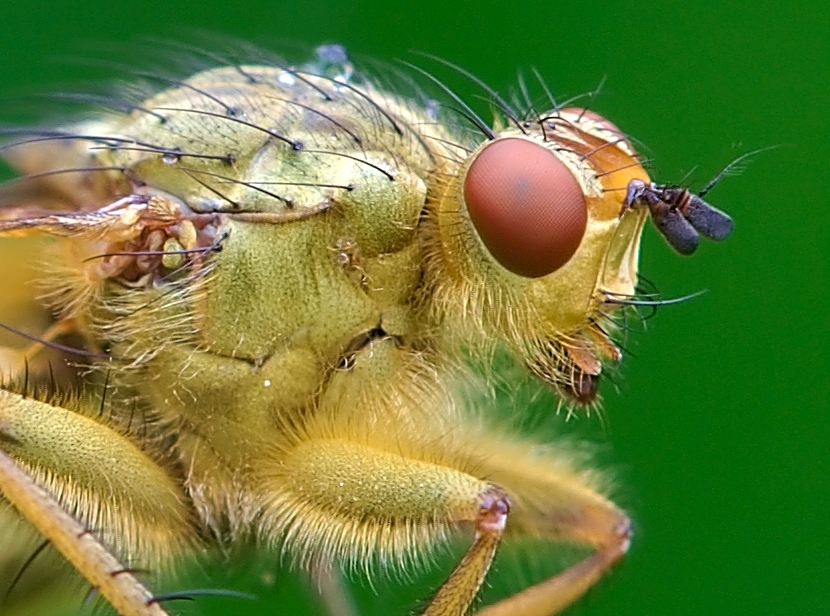Site Supporter
- Followers
- 37
- Following
- 5
- Joined
- Nov 19, 2020
- Posts
- 2,803
- Likes Received
- 2,459
- Name
- Chris
- Country
- United States
- City/State
- Pembroke Pines/FL
I'm thinking to start a thread, which could be pinned for future reference, to list and discuss macro lenses for Sony E-mount. Yes, today is a slow day at work.
APSC
I know for APSC we can use FE lenses, but there is at least one Sony APSC Macro lens and a bunch of 3rd party manual lenses:
I know there are probably a few FE lenses I missed...
So yeah, help me populate the list and share your Macro lens experiences!
APSC
I know for APSC we can use FE lenses, but there is at least one Sony APSC Macro lens and a bunch of 3rd party manual lenses:
- SONY SEL30M35, 30mm, f/3.5, 1:1, Minimum Focusing Distance (MFD) 9.5cm
- Laowa 60mm, f/2.8, 2:1, MFD 17cm (?), manual lens
- Pergear 60mm macro lens belongs here because it has bad vignetting on full frame cameras. 60mm, f/2.8, 2:1, MFD 19cm, Manual lens
- Brightin Star 60mm macro looks to be a cheap(er) copy of the Pergear lens, with same specs.
- 7artisans 60mm macro, f/2.8, 1:1, MFD 17.5cm, manual lens
I know there are probably a few FE lenses I missed...
- SONY SEL50M28, 50mm, f/2.8, 1:1, MFD 16cm
- SONY SEL90M28G, 90mm, f/2.8, 1:1, MFD 28cm
- SONY SEL70200G2, 70-200mm, f/4,
- 1:2, MFD 26cm (at 70mm)
- 1:2, MFD 42cm (at 200mm)
- Sigma 70mm macro, f/2.8, 1:1, MFD 25.8cm
- Sigma 105mm macro, f/2.8, 1:1, MFD 29.5cm
- Tamron 20mm Di III OSD M f/2.8, 1:2, MFD 10.9cm
- Tamron 24mm Di III OSD M, f/2.8, 1:2, MFD 11.9cm
- Tamron 35mm Di III OSD M, f/2.8, 1:2, MFD 15cm
- [NEW] Tamron 50-300mm, f/4.5 - f/6.3,
- 1:2 and MFD 22.1cm (at 50mm)
- 1:3 and MFD 90cm (at 300mm)
- Tokina FiRIN 100mm macro, f/2.8, 1:1, MFD 30cm
- Samyang/Rokinon 100mm macro, f/2.8, 1:1, MFD 30cm, manual lens
- Voigtlander MACRO APO-LANTHAR 65mm, f/2, 1:2, MFD 30cm, manual lens
- Voigtlander MACRO APO-LANTHAR 110mm, f/2.5, 1:1, MFD 35cm, manual lens
- IRIX 150mm Macro Dragonfly, f/2.8, 1:1, MFD 34cm, manual lens
So yeah, help me populate the list and share your Macro lens experiences!
Last edited:

